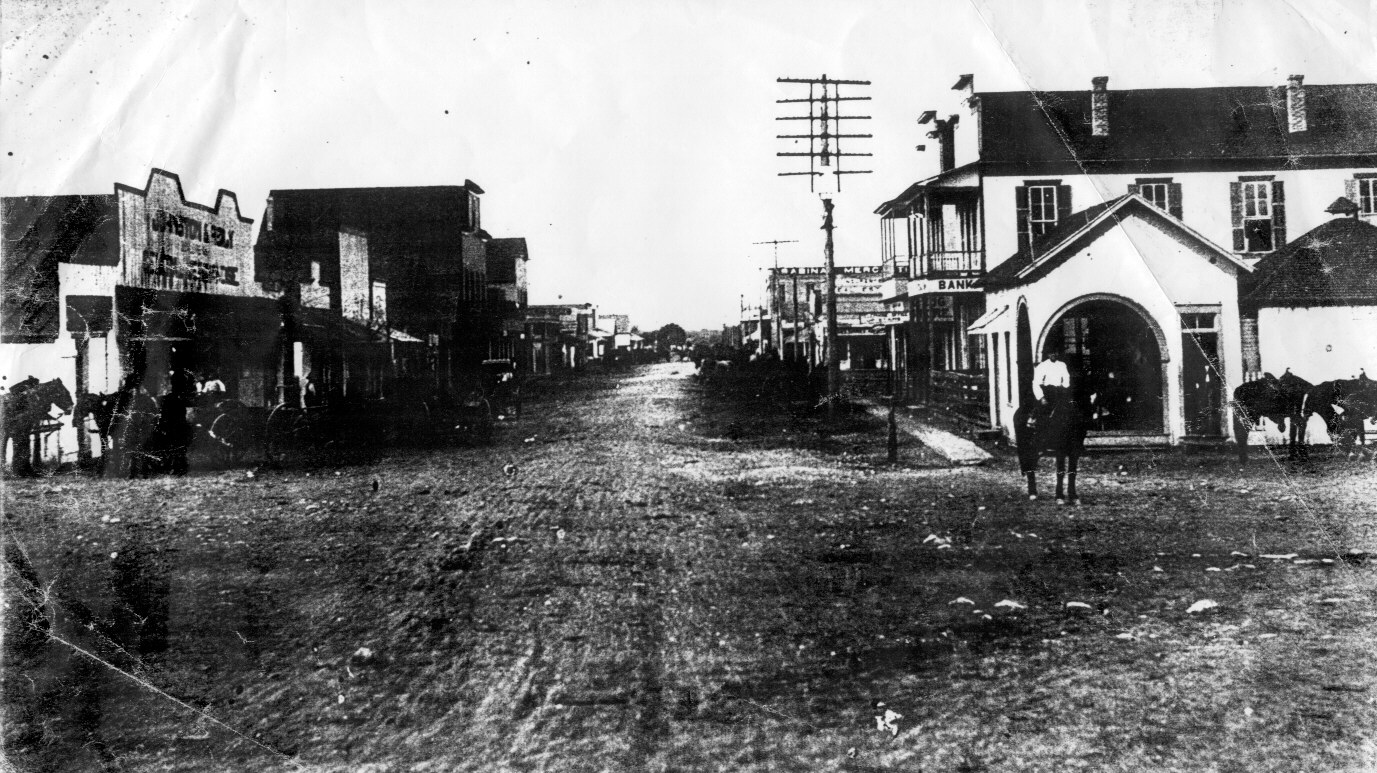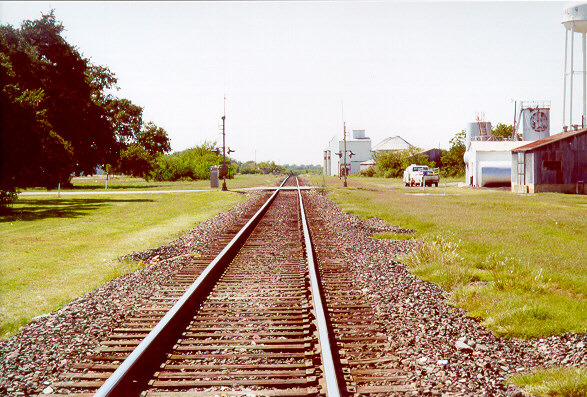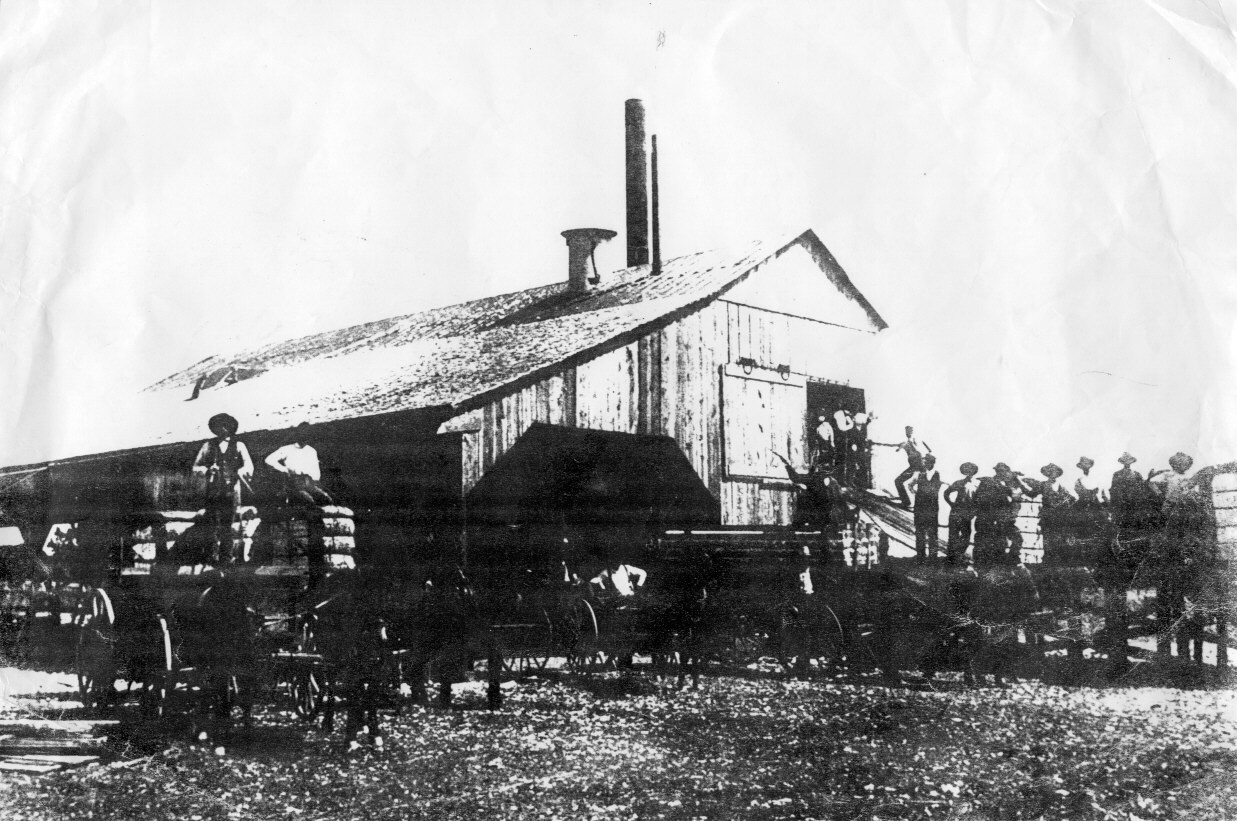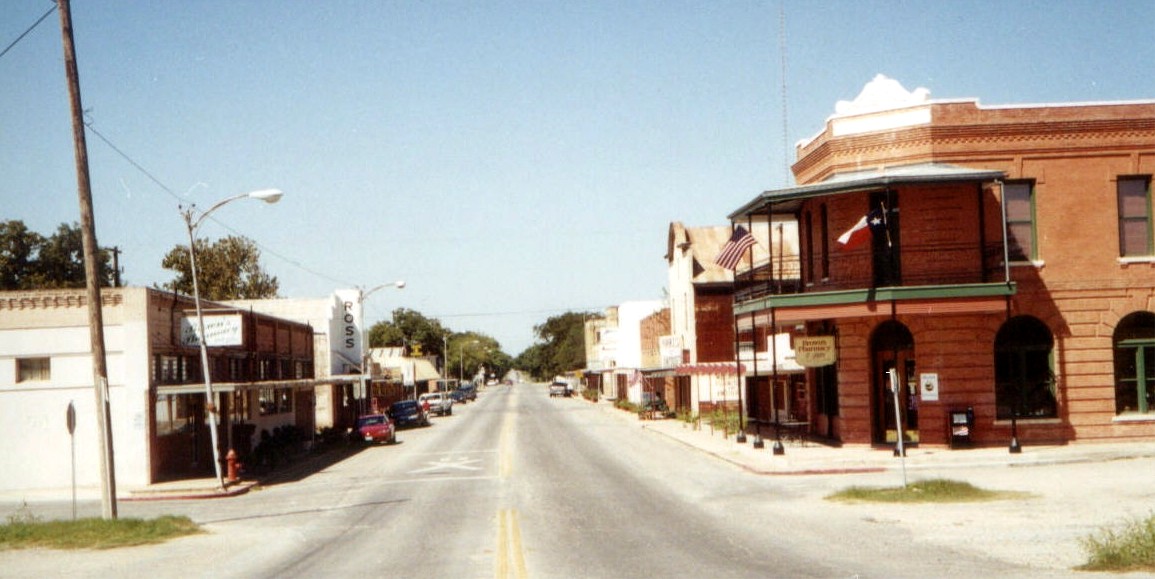

Sabinal was orginally known as "Hammer's Station" after Thomas B. Hammer, who was the founder and first person to settle at this location. The year was 1854 and Hammer established the first building, a stage stop. Due to the many Indian and outlaw attacks on the townspeople, Captain Albert Brackett of the Second United States Cavalry established Camp Sabinal near the Sabinal River in 1856 to protect them. Although this camp proved to be successful, Thomas Hammer was killed the following year by bandits.

By the time of the Civil War, Sabinal had a mail route and a wagon trail which traveled from San Antonio to Mexico. Shortly after, in 1881, the railroad appeared. Many of the town's businesses moved closer to the railroad to attract passengers traveling through. This railroad opened the door for trade between cities. Some exported goods cultivated in Sabinal were corn, cotton, oats, and sugar. Local ranchers shipped out wool, livestock, and hides. This boom in Sabinal's economy raised the population. from 150 people in 1884 to 500 people in 1906. This same year, 1906, according to The New Handbook of Texas, Sabinal received its first governor, W.D. Heard, and incorporated. Shortly after, Sabinal Telephone Company was granted a franchise, city water and fire departments were organized,
 and three cotton gins were up and running. By 1911, Sabinal was an agricultural center. The population increased to 2,000 and consisted of Baptist, Catholic, Christian, Methodist, and Presbyterian churches, a high school and grade school, an ice plant, two banks, and a weekly newspaper called the Sentinel. As time passed Sabinal continued to grow.
and three cotton gins were up and running. By 1911, Sabinal was an agricultural center. The population increased to 2,000 and consisted of Baptist, Catholic, Christian, Methodist, and Presbyterian churches, a high school and grade school, an ice plant, two banks, and a weekly newspaper called the Sentinel. As time passed Sabinal continued to grow.
Today, Sabinal is once again expanding slowly with new businesses opening on Main Street. There has also been an increase in school enrollment, with approximately 50 new students this year alone. It is quickly becoming a town of choice, quaint and pleasant. Mayor John Handcock said, as the voice of the town, that Sabinal is "the gateway to the Hill Country".

